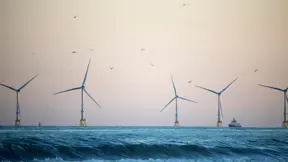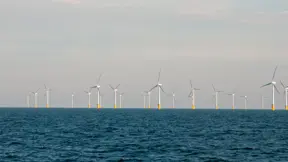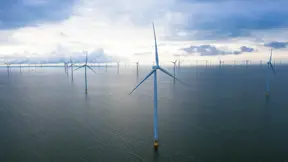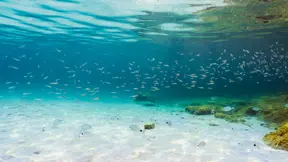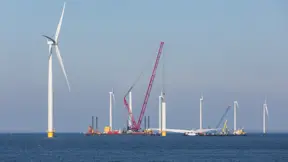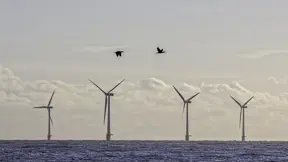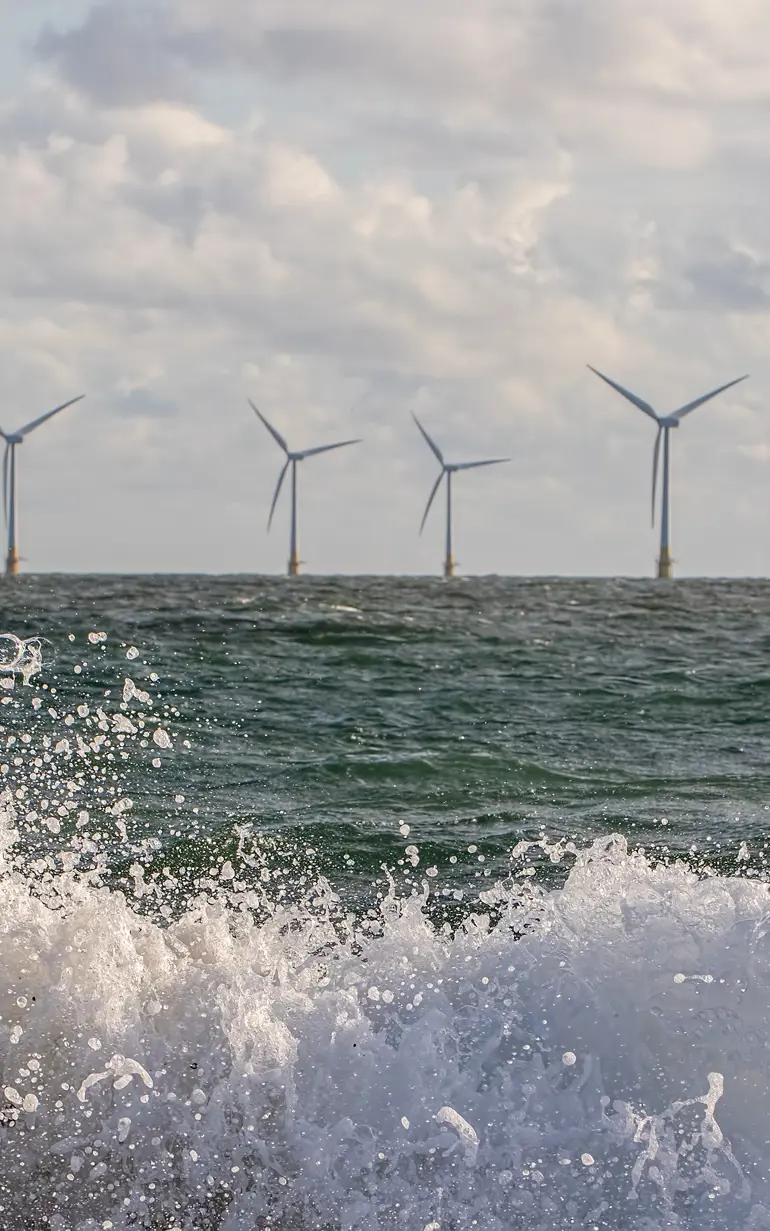
Speeding up offshore wind development: Wave simulation made fast, easy and accurate
The operator quickly gained an accurate assessment of extreme wave conditions with MIKE Metocean Simulator at Japan’s first offshore wind observation test site.
At the first-ever offshore wind observation test site in Japan, which has been officially established as Mutsu-Ogawara Offshore Wind Observation Test Site (MTS) owned and jointly operated by Kobe University (KU) and Mutsu-Ogawara Metocean Observation Center (MOC) since April 2024, Rera Tech Inc. (RTI), acting as a Secretariat on behalf of KU and MOC, requested information on extreme metocean conditions.
The test site is used to test the performance of offshore wind measurement equipment to support the development of the renewable energy sector. Assessment of extreme wave conditions was needed for the design of mooring arrangements of Floating LiDAR Systems (FLS) at the test site. FLS provide a cost-efficient solution for accurate estimation of offshore wind resources.
Extreme wave conditions were quickly estimated from a long-term timeseries of wave conditions at the site. The modelled results were validated against nearby short-term measurements and at the site to ensure that the long-term data could be used with confidence for extreme value analysis. The extreme wave conditions were modelled using the MIKE Metocean Simulator software, faster, smarter and at lower cost than conventional numerical wave modelling.
Challenge
Japan aims to become one of the world's leading producers of offshore wind energy, targeting 10 GW capacity by 2030 as part of its efforts in reaching net-zero emissions by 2050. But the global offshore wind sector is facing challenges such as high supply chain inflation and rising interest rates, and there is an urgent need to reduce both risk and cost in all phases of offshore wind farm development.
MTS is the first of its kind in Japan. It was initially developed by KU, Japan Weather Association (JWA) and RTI under a project led by a national research and development agency (NEDO) in 2023, followed by its transition to KU in April 2024. MTS provides test sites to verify accuracy of observation data measured by offshore wind measurement equipment to ultimately promote development of the renewable energy sector in Japan.
The FLS test site is exposed to high waves caused by extratropical cyclones and occasionally typhoons. A nearby vertical concrete breakwater complicates the wave field due to waves reflecting off the vertical face of the structure. RTI requested an accurate estimation of extreme wave conditions. The results had to be made available in limited time and pass thorough validation checks against measurements at the site. Traditional methods of acquiring such data can be both slow and expensive.
Client:
Rera Tech Inc.
Location:
Japan
Related SDG(s):
SDG 7: Ensure access to affordable, reliable, sustainable and modern energy for all
SDG 13: Take urgent action to combat climate change and its impacts
Technology:
Solution
To quickly and accurately estimate the extreme wave conditions at the test site, the MIKE Metocean Simulator (MIKE MS) software was used to downscale a 45-years’ time series of the offshore wave conditions at the site. MIKE Metocean Simulator is a cloud-based wave modelling tool that enables marine infrastructure and offshore energy professionals to quickly assess wave conditions. The tool speeds up the modelling process by providing assisted meshing, automated boundary condition extraction and surrogate modelling techniques to provide accurate hindcast wave conditions. The tool does not require specialised wave modelling expertise.
Offshore wave conditions were taken from DHI’s Japan regional wave model. The resolution of the regional model allowed extraction of wave conditions close to the site, but it did not resolve the local bathymetry and breakwaters at the site. The MIKE Metocean Simulator was used to transform the offshore wave timeseries data to local data at the site. Wave reflection from the nearly fully reflective breakwater was also included in the model. The results were checked against results from a phase-resolving wave model MIKE 21 Boussinesq Waves, which provided additional confidence in using the MIKE Metocean Simulator.
The wave simulation showed that the wave pattern at the FLS site is highly affected by the wave reflection. The simulation was run over a few hours to obtain 45 years of metocean conditions at the site. The speed of the model runs allowed for the model setup to be adjusted and rerun several times to calibrate the model. Extreme metocean conditions for waves were established using DHI’s Extreme Value Analysis (EVA) toolbox.
The calibrated results were validated against local test site measurements, and the validation confirmed the model’s accuracy.
‘The results delivered by DHI helped us to understand extreme metocean conditions at the test site despite limited actual data measured on site. We are very pleased with the collaboration with DHI and their deliverables.’
Mizuki Konagaya, CEO, Rera Tech Inc.
Results
The results clearly showed that the site is exposed to high waves, which is the key design parameter for the FLS mooring arrangement.
RTI quickly gained the detailed and accurate information on extreme metocean conditions needed to determine the optimal design of the Floating LiDAR System. The MIKE Metocean Simulator allowed results to be obtained faster and at lower cost than classic numerical modelling. The results thus contribute to eliminating risk and reducing cost in Japan’s transition to renewable energy and net-zero emissions.
About our client
Rera Tech Inc. is a consulting company that conducts wind observation, analysis, forecast evaluation, consulting, research and development. The company was established as a research and development start-up company by Kobe University in 2020.
You may also like
How can we help?
With our global network of offices, we make sure you get the right answers to your local needs. Tell us about your water challenges and we will get back to you.
